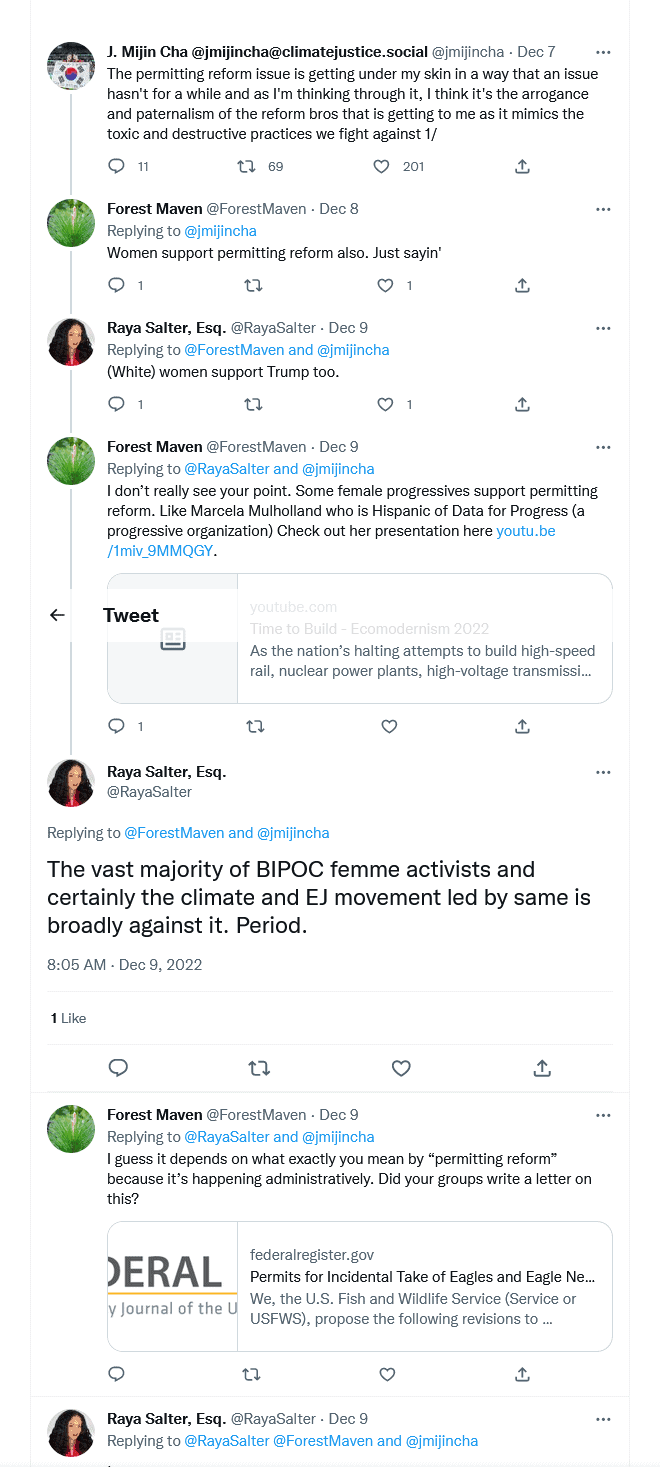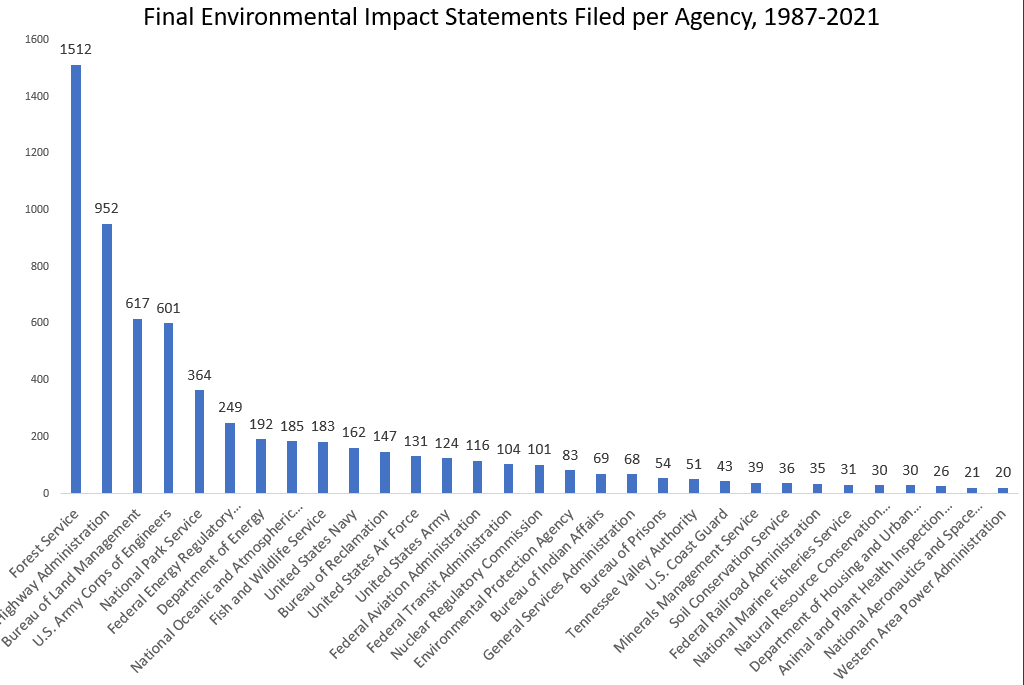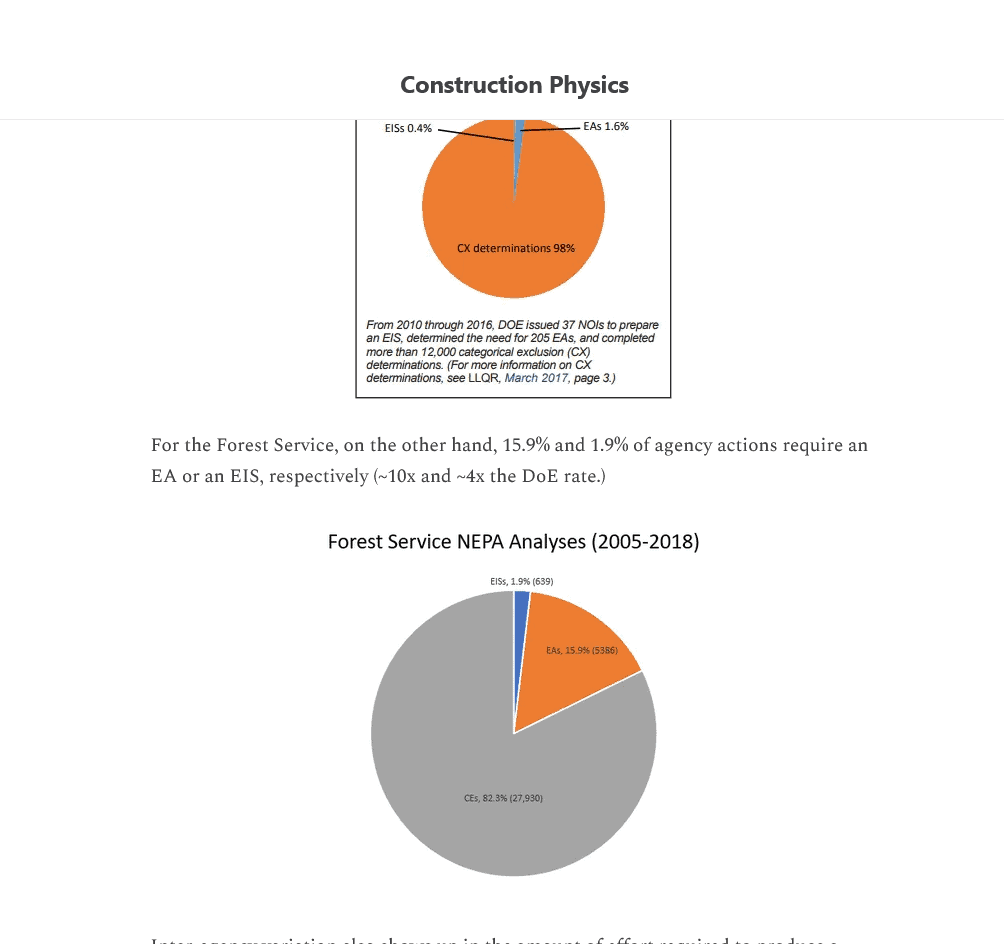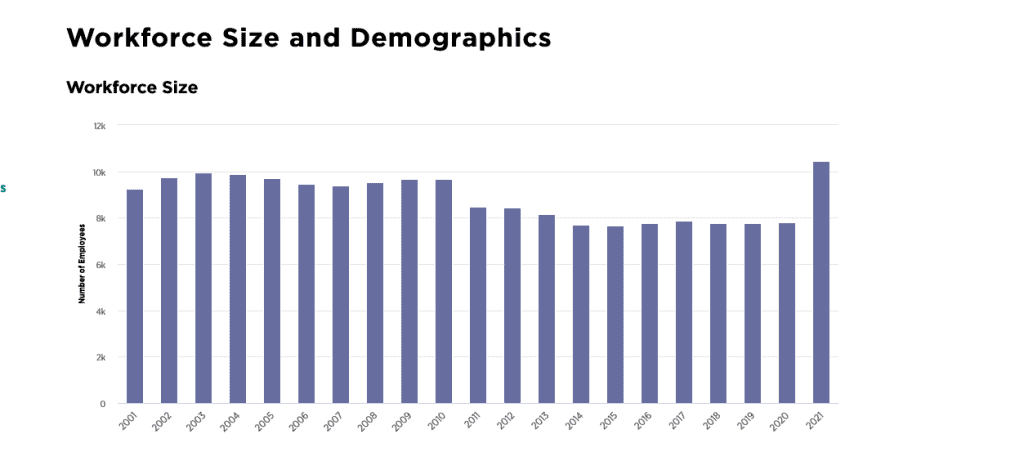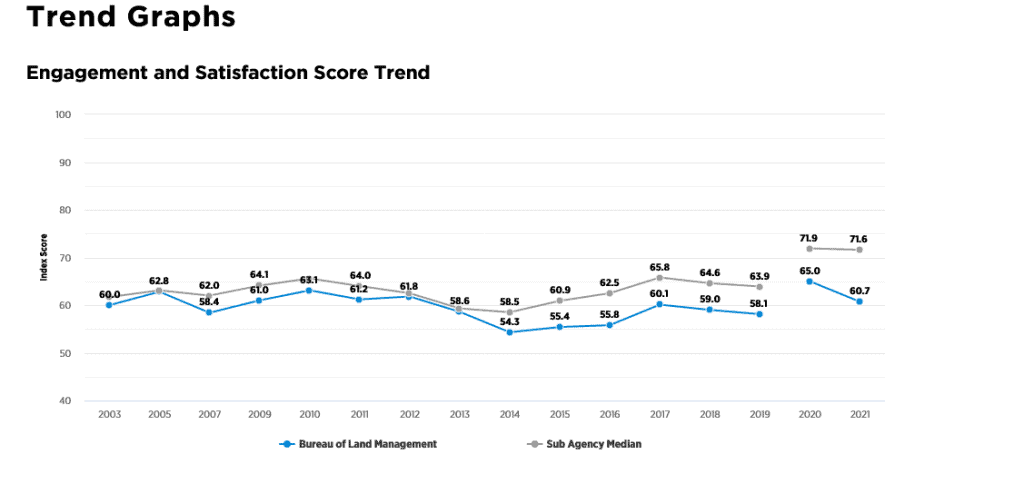Gosh, for whatever reason it seems to be BLM week here at The Smokey Wire! Thanks to Nick Smith for this.
Matt Garrity had an op-ed in the Montana Standard about the project.
It’s incredibly disappointing, but the Bureau of Land Management is no better under Tracy Stone-Manning’s leadership than under Trump. While the examples pile up nationally, here in Stone-Manning’s home state the agency is attempting to dodge required public review and comment for a massive 16,066-acre clearcutting and burning project that will bulldoze 22 miles of new roads in the Garnet Mountains in grizzly, bull trout, and lynx critical habitat.
What is it about BLM that seems to invoke hyperbole? “No better than under Trump” today, or yesterday “the President’s clean energy agenda can’t happen unless one person is confirmed”?
Somehow I doubt whether Director Stone-Manning has been involved in this project. Perhaps there’s a Montana subtext I don’t understand, but saying bad things about people publicly on one hand, while you ask them to do something, on the other hand, has never worked for me.
But let’s look at Garrity’s specific claims about this project. TSW readers have seen more than our share of fuel treatment and other projects. Certainly people can, and do, disagree about what to do where and sometimes why. But it might be good to 1) agree on what’s in the EA and 2) assume that the BLM employees have good intentions.
Is it a 16,006 acre “clearcutting and burning project”? Here’s what the draft EA says..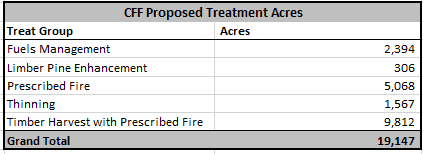
Is there burning? Yes. Is there thinning? Yes. Are there clearcuts? Well, no, depending on your definition, of course. Like the Pisgah-Nantahala, for structural and species diversity reasons (also climate resilience) to get new trees established, some openings are necessary. Is that a “clearcut”? There’s actually a photo in the EA of one of these..(there are many great photos in the EA, at the end, of all kinds of proposed treatments and conditions). It seems to me that defining a clearcut might be handy.. to me there are size of opening and number of living trees left are both important.
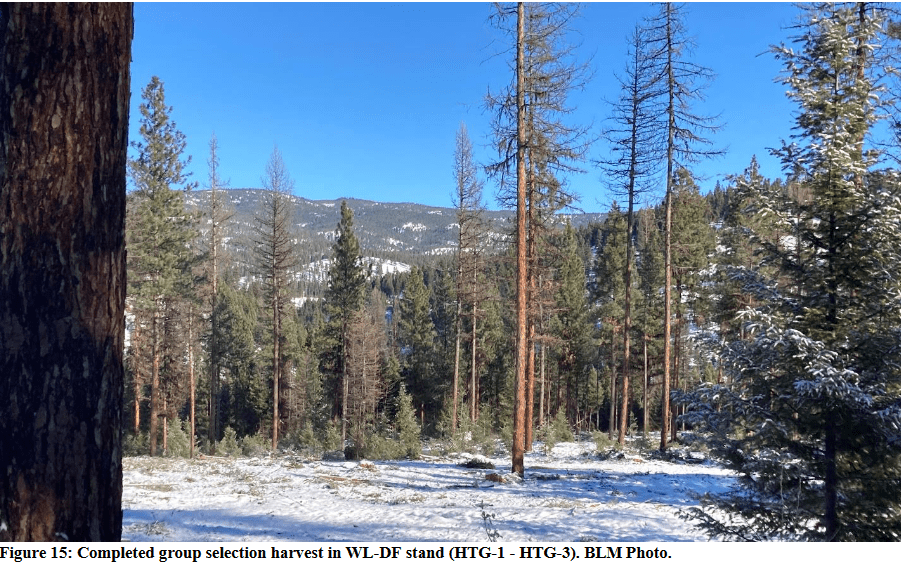
Will it “bulldoze” 22 miles of new roads?
Yes, 16 miles of new permanent roads (not open to the public) and 6 miles of temporary roads to be obliterated within three years of treatment.
*****************************
The context for this project is unusual (at least to non-Montanans). The BLM is part of a larger landscape that is mostly non-fed. They only have 10% of the project area.
 Also, of the 23,666 acres of BLM in the planning area, 19% (4,519 acres) have no treatment proposed. Those lands are largely unroaded and were excluded from proposed treatment due to their value as secure habitat.
Also, of the 23,666 acres of BLM in the planning area, 19% (4,519 acres) have no treatment proposed. Those lands are largely unroaded and were excluded from proposed treatment due to their value as secure habitat.
Apparently, industrial forest ownership was sold to future homeowners effectively making “new WUI”. There are > 2600 structures in the planning area, according to Montana State Library GIS data from 2020.
What was once a large industrial forest ownership, is now overwhelmingly (48% of the planning area) small, nonindustrial private landowners who are constructing homes and buildings in the forest (see table 1). This subdivision and rural development have effectively transitioned the entire planning area to Wildland–Urban Interface (WUI) when measured as a proximity to structures (See Appendix D, map 9.7). Because of this shift in ownership and use of the private land, the BLM’s forested parcels represent an increased risk from wildfire to the private structures and improvements and also to the safety of the residents and firefighters. It is these twin realities: the deviation from NRV and the expansion of the WUI that necessitate this project.
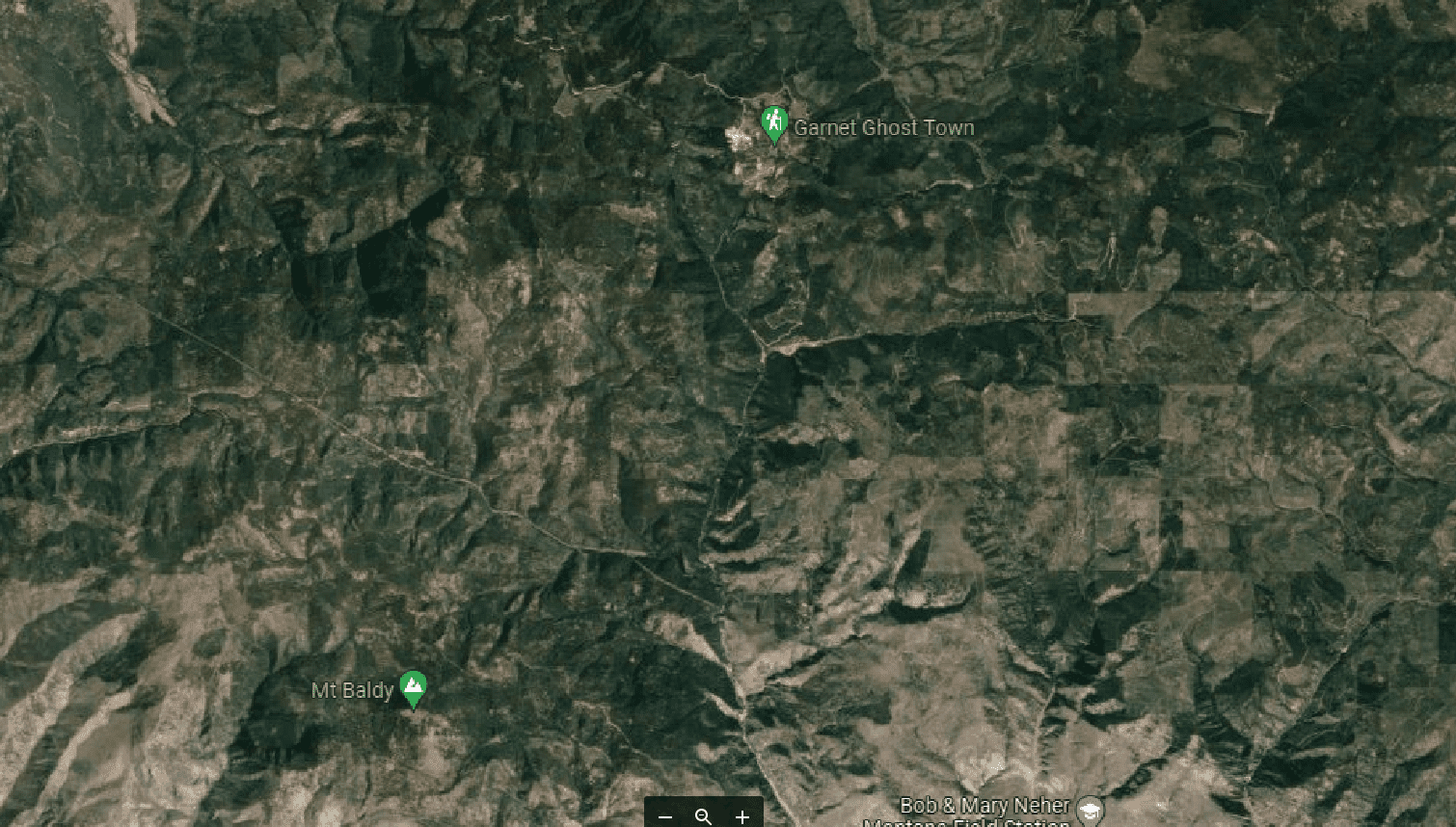
This gives you some idea of how these varying ownerships look from the air. You can click on this photo to enlarge.
Here’s the purpose and need:
Specifically, treatments are needed to:
1. Protect life, property and firefighter safety in and near the wildland–urban interface and promote resilience to wildfire by reducing forest fuel loading and breaking up homogeneous stand conditions.
2. Restore healthy ecological conditions by increasing the acreage of forest communities that are moving towards the midpoint of NRV.
3. Maintain and enhance native and sensitive plant communities; this includes maintaining and enhancing limber pine (Pinus flexilis) populations where present.
4. Improve ecological health by increasing resistance and resilience to forest insect and disease outbreaks.
5. Provide local and regional economic benefits through harvest of forest products and capturing the value of dead and dying timber while it remains salvageable
As I’ve said, dead trees store- but do not sequester- carbon, so insect and disease problems have carbon implications, as well as potential fuel hazards..
And this area has been designated high priority by the State (all lands, all hands and all that):
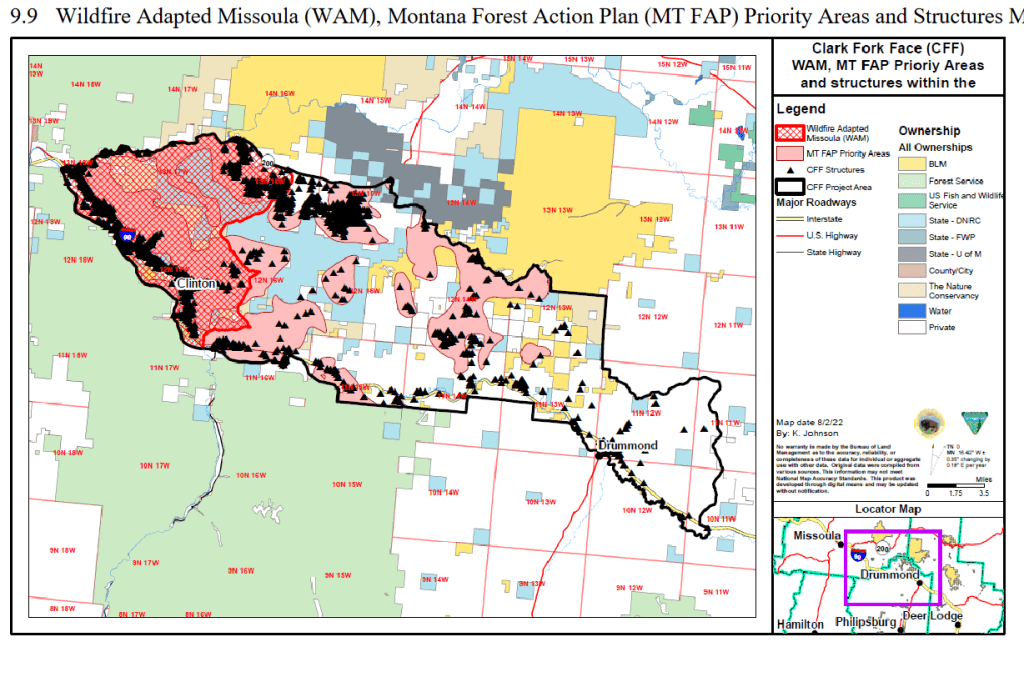 There are 142 pages in this draft EA and lots of information.
There are 142 pages in this draft EA and lots of information.
According to Garrity:
Carey should have ordered a full Environmental Impact Statement instead of trying to sneak the project past the public with no scoping, the lower-level analysis of an Environmental Assessment, and an illegally-shortened public review and comment period.
But there was scoping and public involvement, as detailed in this document. I suppose we could disagree on the definition of scoping as well, but it sure looks scoped to me. See for yourself. According to the folks involved:
Since we had already had two public meetings and scoping which did not indicate a overwhelming amount of public interest, a two week public comment period was identified. Once it became clear folks wanted a longer comment period, we made that change. This change was initiated prior to the opinion piece in the Standard.
The fact is that there was scoping, and the comment period is now 45 days.
Despite the legal requirement that the agency carefully consider public comments, the whistleblower also said there is no intention of taking input from the public or modifying the project prior to issuing a final decision.
Truth is the friend of time and all that. We’ll circle back and look at the response to comments in the final EA.
The way I see it is that the BLM, like the FS, is in a “darned if you do, darned if you don’t” position here. They would like to do WUI fuel treatment projects as residents, fire departments and others are legitimately concerned. They will be blamed if they don’t get them done. They received all kinds of $ from Congress to do them. But if they don’t do an EIS, then they will be criticized by folks like Garrity for not involving the public enough or writing a 120 page document instead of five alternatives and a 600 page document, or whatever. At the end of the day, it seems to me that it’s about finding zones of agreement among people – not more pages of analysis.
And according to Monday’s table, Montana BLM staffing is down by 23% to do all this. So disagree about the project all you want, but give these gals and guys a break!



